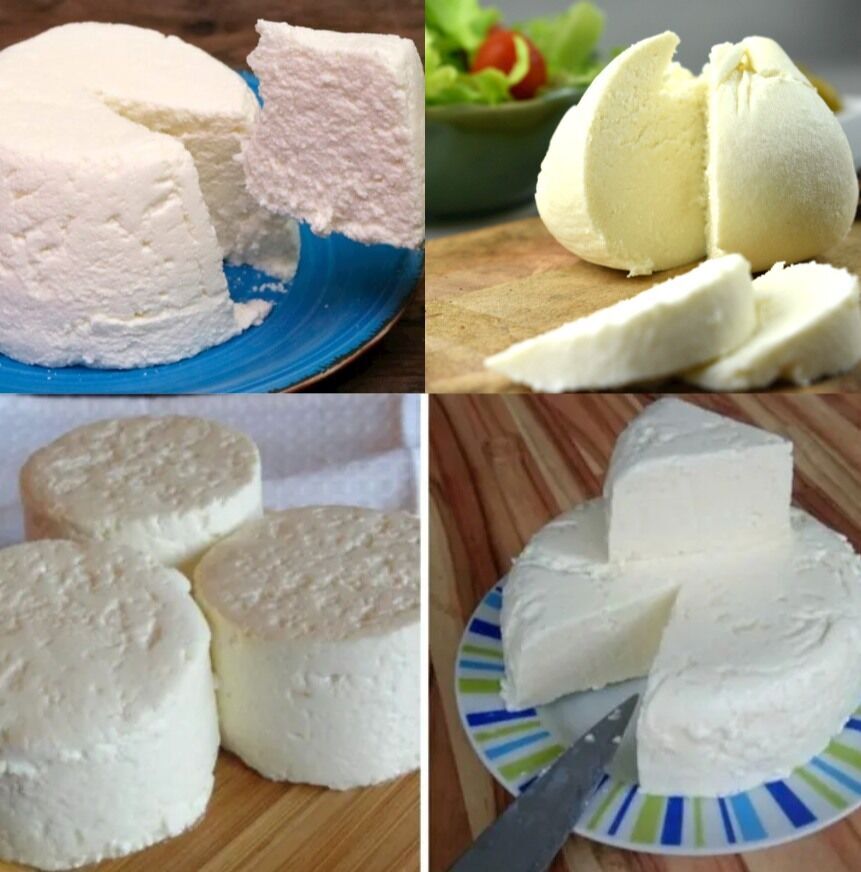Why Fresh Cheese is Good for You
If you enjoy cheese, have you ever been afraid to attempt making it at home? Don’t worry—making fresh cheese at home is actually simpler than you would imagine. You can make a delicious homemade cheese that will wow your guests and family with just three ingredients. We’re going to share a simple recipe with you in this post that will make you the life of any appetiser party.
Fresh cheese, sometimes referred to as cottage cheese, is a terrific addition to your diet because it has so many health advantages:
A Protein Powerhouse: Up to 36% of fresh cheese is protein, which is necessary for the production of antibodies that guard against illness and for the repair of damaged cells. It makes sense that bodybuilders frequently consume fresh cheese!
A Priceless Source of Calcium: Fresh cheese has an exceptional calcium content, in addition to milk’s high calcium level. Fresh cheese helps to fortify your teeth and bones simultaneously.
A Slimming Ally: Dieticians and nutritionists frequently advise people trying to lose weight to eat fresh cheese. It supplies your body with essential nutrients, encourages fullness, and curbs cravings so you don’t have to stray from your nutritious diet.
A Adaptable Side Dish: Fresh cheese is a flexible side dish that goes well with any meal, including breakfast, lunch, snacks, and appetisers. It is versatile and may be used to make many delicious, nutrient-dense recipes.
Easy to Make at Home: Making fresh cheese at home is not only rewarding but also surprisingly simple. Make your own cheese and have a snack that is entirely natural.
Ingredients:
- One litre of milk from sheep
- One sugar-free organic plain yoghurt
- One-half of an organic lemon
(To make this a vegan version, swap out the milk for a blend of coconut milk and and almond milk, and the yogurt with probiotic capsules.)
Utensils:
- One metre of cotton gauze that is hydrophilic (available at pharmacies)
- One mould
- one jar
Getting ready:
- In a saucepan, warm the milk over low heat for fifteen minutes, being careful not to boil it.
- Use a fork or citrus squeezer to squeeze the juice from half a lemon while the milk is heated.
- After 15 minutes, take the milk off the heat and slowly stir in the plain yoghurt and lemon juice. Stir for a brief moment.
- Give the mixture at least three hours to settle.
- Take the cotton gauze and fold it over a few times before putting it in a pot or other container.
- Pass the mixture through the gauze strainer, keeping the curdled portion out of the saucepan and letting the whey flow through. To get the whey separated, squeeze well.
- After placing the cotton gauze with the curdled portion in a different container, cover it with a weight and refrigerate it for at least half an hour.
- If you’d like, open the cotton gauze and sprinkle salt over the cheese. Put it in whichever mould you like.
- Re-chill the cheese in its mould for an additional eight hours.
- Savour the fresh cheese that you prepared yourself!
It’s time to let your inner cheese maker go now that you have the recipe! You can make your own excellent fresh cheese that will wow everyone at the table with a little perseverance and these easy steps. So why not give it a shot and savour the satisfaction of producing cheese yourself? Salutations!
